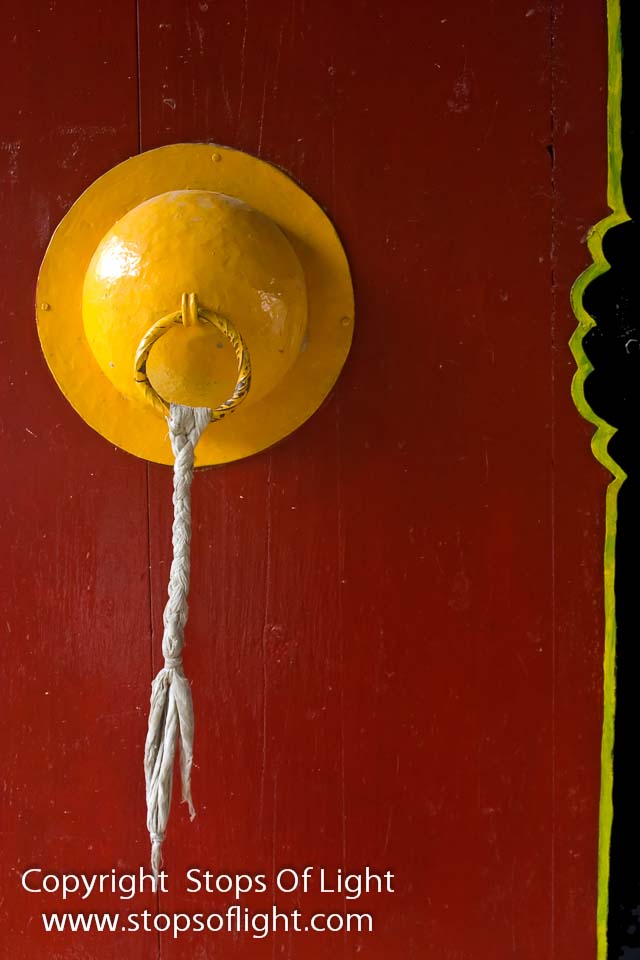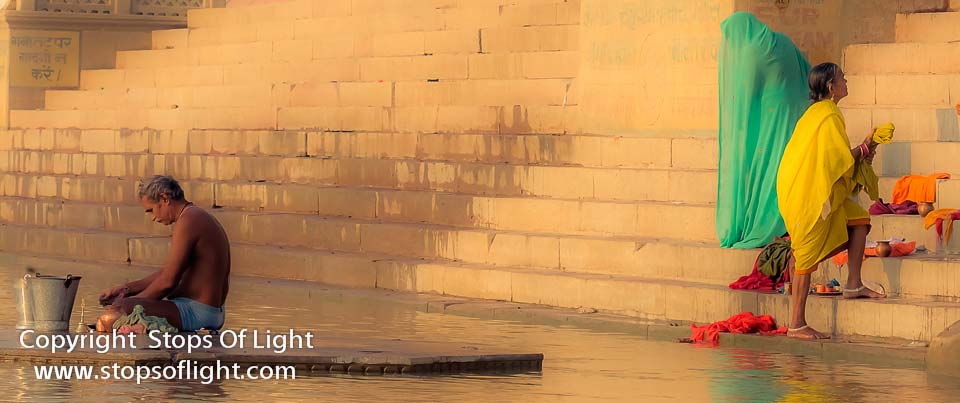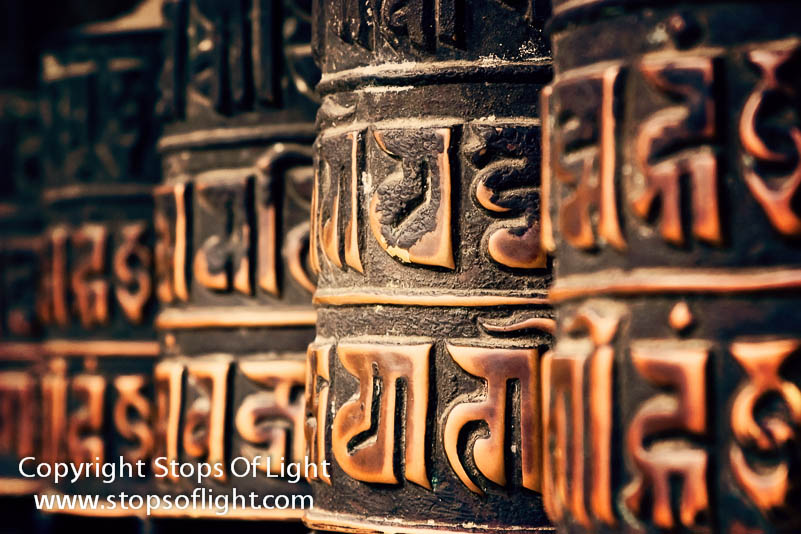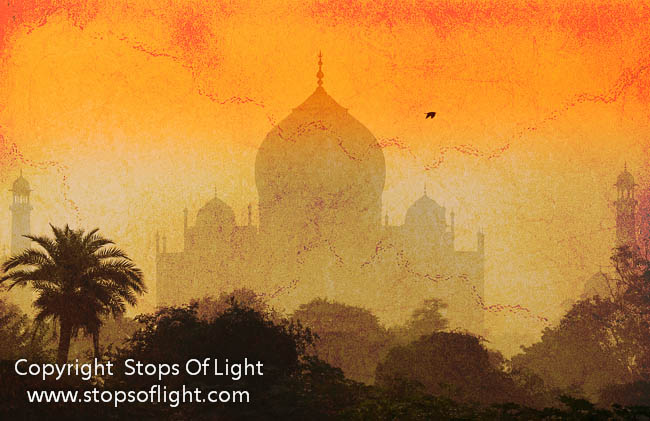[et_pb_section fullwidth=”on” specialty=”off”][et_pb_fullwidth_header admin_label=”Fullwidth Header” title=”Doorway to a Monastery, Ladakh – India” background_layout=”dark” text_orientation=”left” header_fullscreen=”on” header_scroll_down=”on” background_url=”https://www.stopsoflight.com/wp-content/uploads/2013/11/fine-art-print-india-2006-07-20_CRW_9403.jpg” parallax=”off” parallax_method=”off” content_orientation=”center” image_orientation=”center” custom_button_one=”off” button_one_letter_spacing=”0″ button_one_use_icon=”default” button_one_icon_placement=”right” button_one_on_hover=”on” button_one_letter_spacing_hover=”0″ custom_button_two=”off” button_two_letter_spacing=”0″ button_two_use_icon=”default” button_two_icon_placement=”right” button_two_on_hover=”on” button_two_letter_spacing_hover=”0″ subhead=”Fine Art Print”]
[/et_pb_fullwidth_header][/et_pb_section][et_pb_section][et_pb_row][et_pb_column type=”1_3″][et_pb_image admin_label=”Image” src=”https://www.stopsoflight.com/wp-content/uploads/2013/11/fine-art-print-india-2006-07-20_CRW_9403.jpg” show_in_lightbox=”on” url_new_window=”off” animation=”left” sticky=”off” align=”left” force_fullwidth=”off” always_center_on_mobile=”on” use_border_color=”off” border_color=”#ffffff” border_style=”solid”] [/et_pb_image][/et_pb_column][et_pb_column type=”2_3″][et_pb_text admin_label=”Text” background_layout=”light” text_orientation=”left” use_border_color=”off” border_color=”#ffffff” border_style=”solid”]
The Making of A Doorway in Ladakh, India
Color. I just can’t miss it. And color positively exploded from this freshly painted door leading to the courtyard of a monastery in Ladakh.
The Photograph
It was an overcast day, and that helped actually. The entire sky was like one big umbrella, diffusing the light and lighting everything evenly without casting shadows. Shapes were clearly delineated owing to the color contrasts, and the warm tones really helped. The picture, however, felt too heavy and weighted to the left, which is what led me to compose so as to include the thin strip of the black paint on the right. Overall, I really like this image; the vertical format and the warm hues signify strength, power and movement of sorts. Yet, the circular yellow shape balances that power out. Yellow is a friendly, inviting hue. The circle is a symbol of smoothness and infinity. Post-processing was minimal and restricted to boosting contrast a bit while saturating colors. Sharpening was added to bring out the texture in the rope and wooden door.
[/et_pb_text][/et_pb_column][/et_pb_row][et_pb_row][et_pb_column type=”4_4″][et_pb_text admin_label=”Text” background_layout=”light” text_orientation=”left” use_border_color=”off” border_color=”#ffffff” border_style=”solid”]
The Fine Art Print
This fine art photograph is available in two formats: (a) as a ready-to-hang mounted canvas print, and (b) a framed image printed on either canvas or Fine Art Paper.
The print is available in three size styles: Decorator (12×18), Collector (16×24), and Connoisseur (20×30). Sizes are in U.S. inches and are approximate.
[/et_pb_text][/et_pb_column][/et_pb_row][/et_pb_section]



